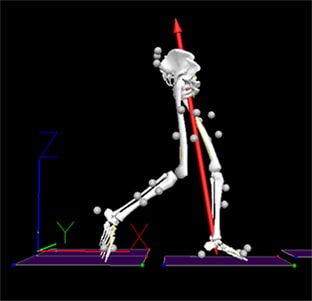Quick Stem Cell Injection Outcome Update
Every few months it’s helpful for me to take a “day in the life” snapshot of long-term and short-term follow-up exams or reports of patients treated with their own cultured stem cells for arthritis. Today’s installment involves several patients treated for thumb/knee arthritis (blackberry thumb), SI joint arthrits/injury, a knee osteochondral defect, and a hip arthritis patient. BS is 50ish female with chronic right knee arthritis pain who was unable to hike and had severe right thumb pain at the CMC joint (blackberry thumb or texting thumb) that didn’t permit her to pick up samples as an interior designer. We injected her own cultured stem cells into the knee and into the thumb about two years ago. Both areas are significantly better still, she now hikes and lifts samples without issue. The patient returns to get the other side done (left knee and left thumb joint, as over time they are becoming more arthritic).
SM is a twenty something college graduate student who was involved in a car crash, injuring her sacroiliac joint. We had tried traditional cortisone injections into the SI with only temporary relief. We tried prolotherapy which didn’t help long-term. We then tried injecting her own cultured stem cells into the joint. Low back pain went from a constant 5/10 to 0/10. She was unable to run before the injection of her own stem cells and had gained weight. Now about 6 months after the procedure, she went for a 6.5 mile run yesterday.
SP is a thirty something personal trainer from out of town with a large osteochondral defect in his trochlear groove of the knee (pot hole in the cartilage). He was offered micro fracture, but literally couldn’t afford (financially) being out of commission on crutches and in a brace for 6-12 weeks or laid up in bed on a CPM machine. We injected his cultured stem cells into his OCD under MRI planned x-ray guidance and he is now about 3-4 months out form the procedure and reports about 70-80% improvement in pain and function. He was here for a “booster shot” to see if we could get him a little further down the recovery curve.
I try to also include patients who fail the procedure in these updates. RD is a fifty something year old patient with moderate hip arthritis who was told he was a FAIR candidate (meaning there was a significant chance the procedure may fail). He is now a few months out from the procedure, which was the injection of his own stem cells into the weight beraring area of the hip under x-ray guidance. RD hasn’t noted any improvement. Why? One reason may be that we were not able to grow as many cells as we would like for RD, which does happen. The ability to grow stem cells in culture is as variable as one patient’s healing response vs. another patient’s healing response. For RD, the procedure clearly looks like a failure.
(Please note, these patients were treated with the Regenexx-C cultured stem cell procedure. If done today, Regenexx SD would have been used)

If you have questions or comments about this blog post, please email us at [email protected]
NOTE: This blog post provides general information to help the reader better understand regenerative medicine, musculoskeletal health, and related subjects. All content provided in this blog, website, or any linked materials, including text, graphics, images, patient profiles, outcomes, and information, are not intended and should not be considered or used as a substitute for medical advice, diagnosis, or treatment. Please always consult with a professional and certified healthcare provider to discuss if a treatment is right for you.

